
Nina Payne was born in Charlestown, Indiana in 1890. At the young age of 16, she began performing in vaudeville houses. Her big break came in 1910 when she appeared in “La Somnambule,” a production by William Morris in New York. One of the segments in the show was called “La Danse de la Robe de Nuit.” During one of her performances, Payne accidentally set her hair and costume on fire with a lit candle. However, she remained composed and extinguished the flames by rolling on the floor.
She later performed in “Cleopatra En Masque” and a vaudeville act titled “Character Studies in Dance” with sets and costumes created by artist Homer Conant. Her act featured unique costumes and accessories, such as an elongated top hat.
In 1921, Payne vacationed in Paris and subsequently secured a contract for the 1922 season of the Folies Bergere after performing with a jazz band at the Olympia Theatre. She remained there for two years.
Debuting in February 1922 at the Folies Bergere, the production “Folies Sur Folies” showcased Payne as the Ibis in the visual display “Let Women be Beautiful” and also featured their Cubist and Dadaist dance performances in “The Girl of Tomorrow”.
In 1924, Payne returned to New York, but went back to Europe in early 1925, also performing in Monte Carlo. She divided her time between Europe and the United States and, in 1927, embarked on a tour of the French Riviera resorts. There, she gained fame as “the rage of the Riviera” for her diverse repertoire including ancient Egyptian, oriental, and modernist dances.
From 1927 to 1928, Payne traveled across multiple European cities, such as Berlin, Munich, Dresden, Vienna, Budapest, and Copenhagen. During her time in Vienna, she performed alongside Josephine Baker. Payne made one of her final appearances in Paris at the Moulin Rouge in April 1929. In the early 1930s, she came back to New York, got married to Charles A. Bostwick, and subsequently retired from public dancing.
It’s common to come across online photos of Payne in Confetti, a revue by German composer Rudolf Nelson, known for his hit songs, film music, operettas, and vaudeville. The black and white images clearly depict the captivating costume worn by Payne, which combines elements of De Chirico’s Ballets Russes costumes, Bauhaus designs, and vibrant contemporary ballet attire.
In two images, Payne wore a mask that, along with the elongated headgear, gave her the appearance of a statue or an alien, resembling an early 1900s gynoid. These images were captured in the 1910s (likely around 1916) and 1925, showcasing Payne’s eccentricity and her ahead-of-her-time style.
h/t: vintag.es

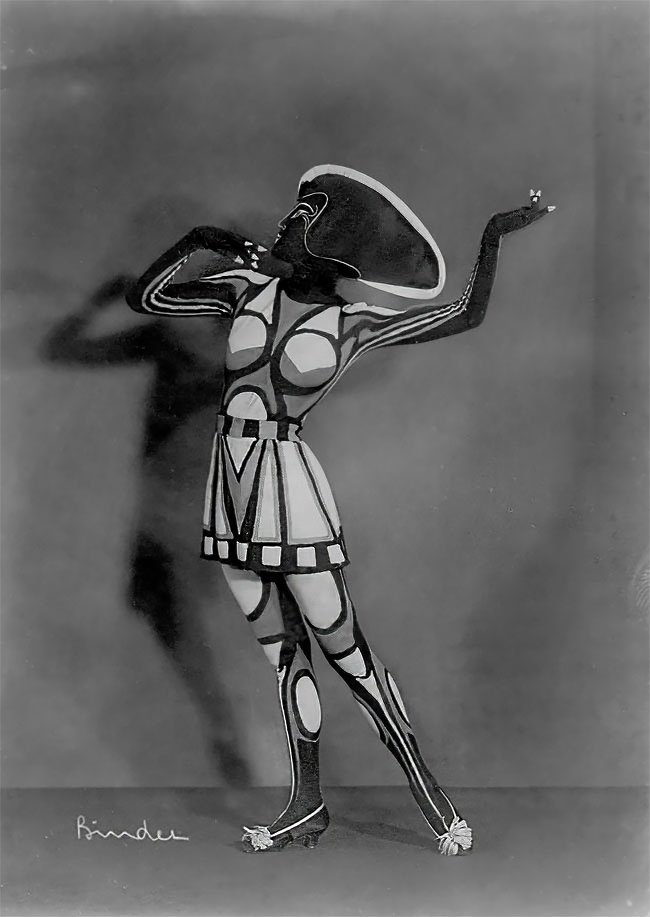
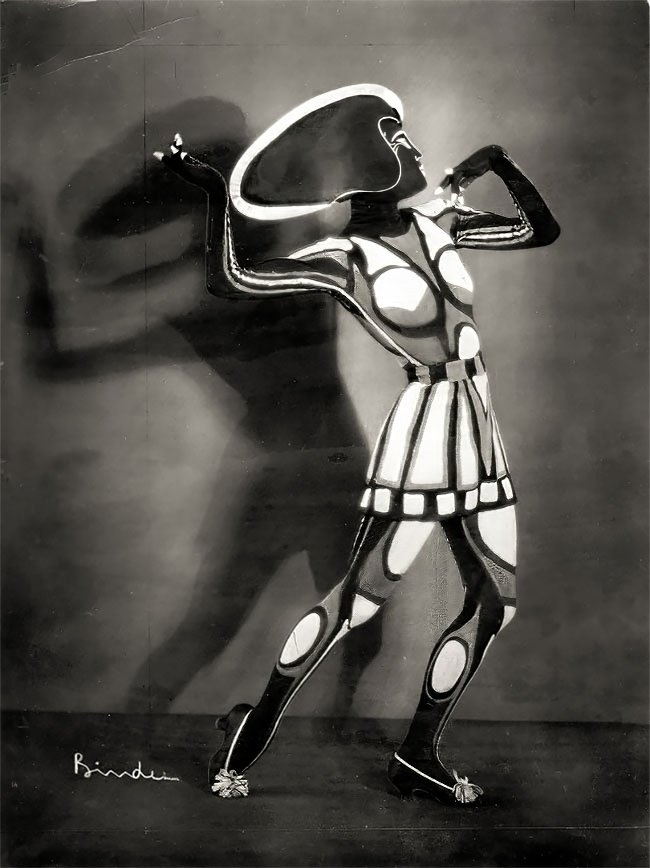
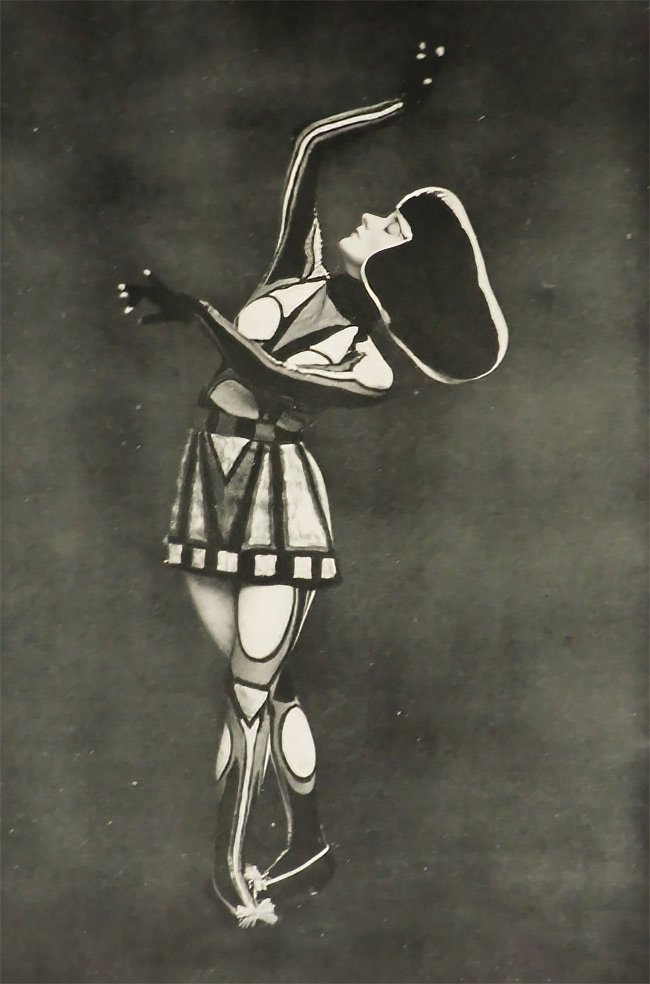
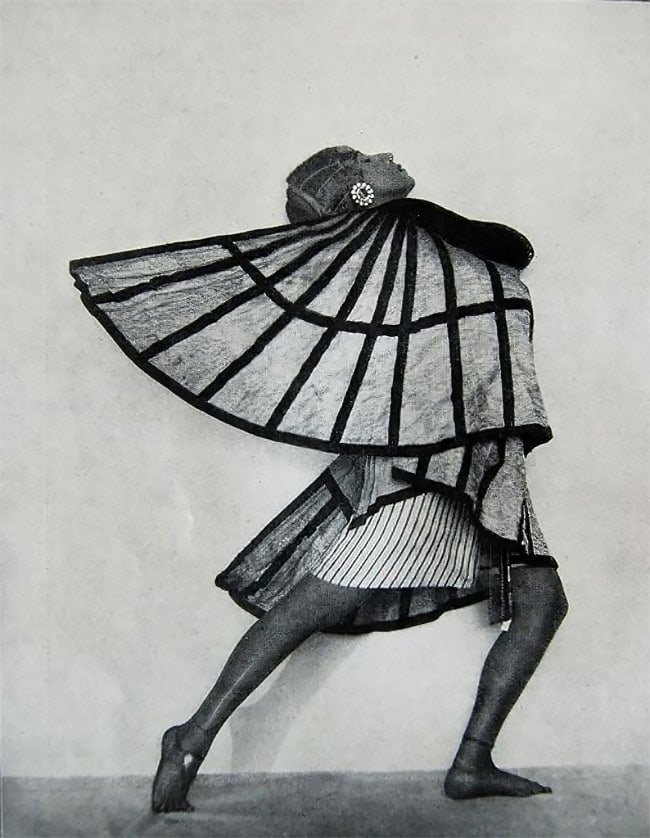

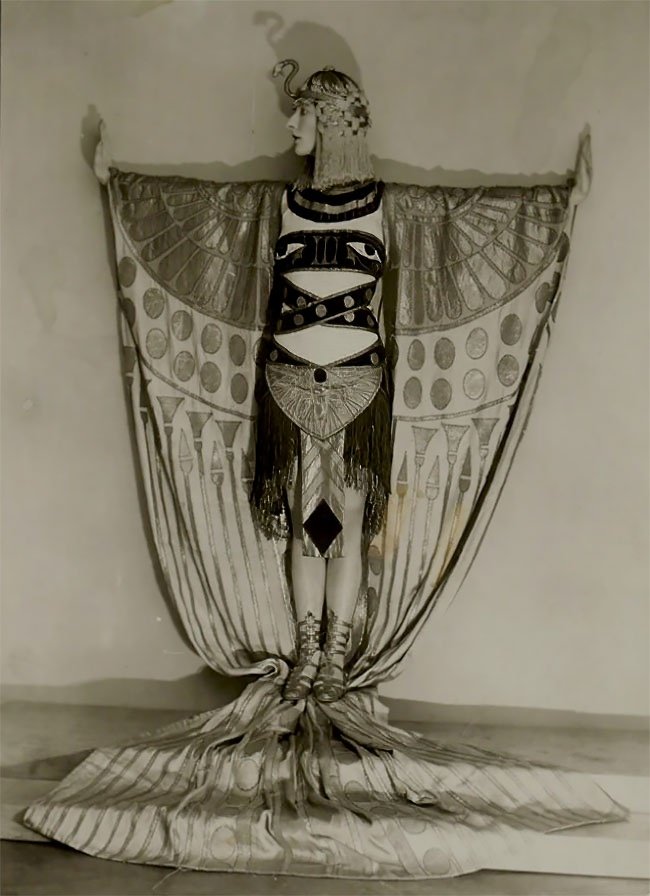

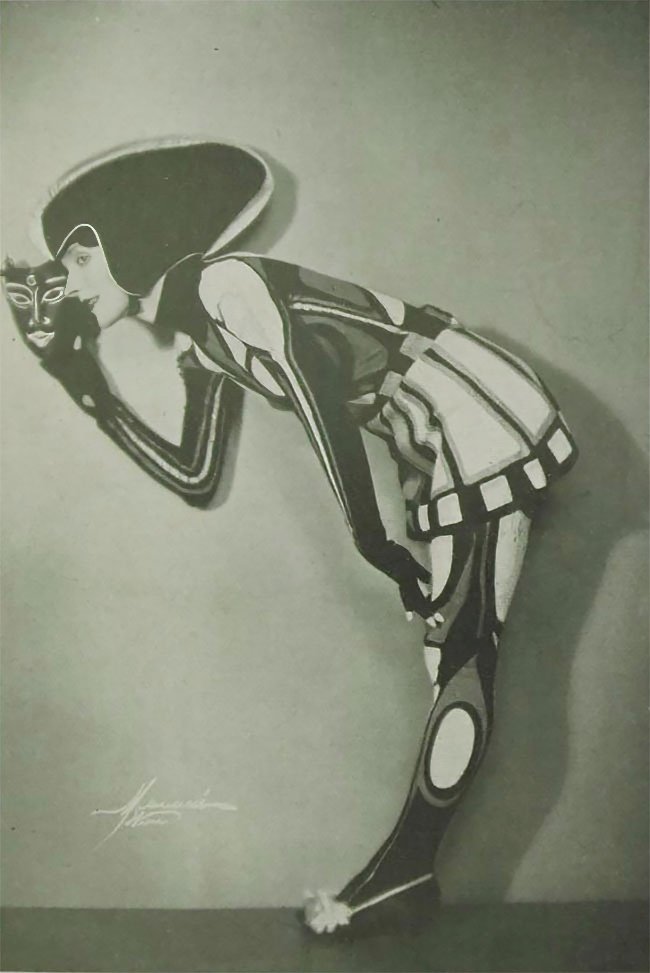


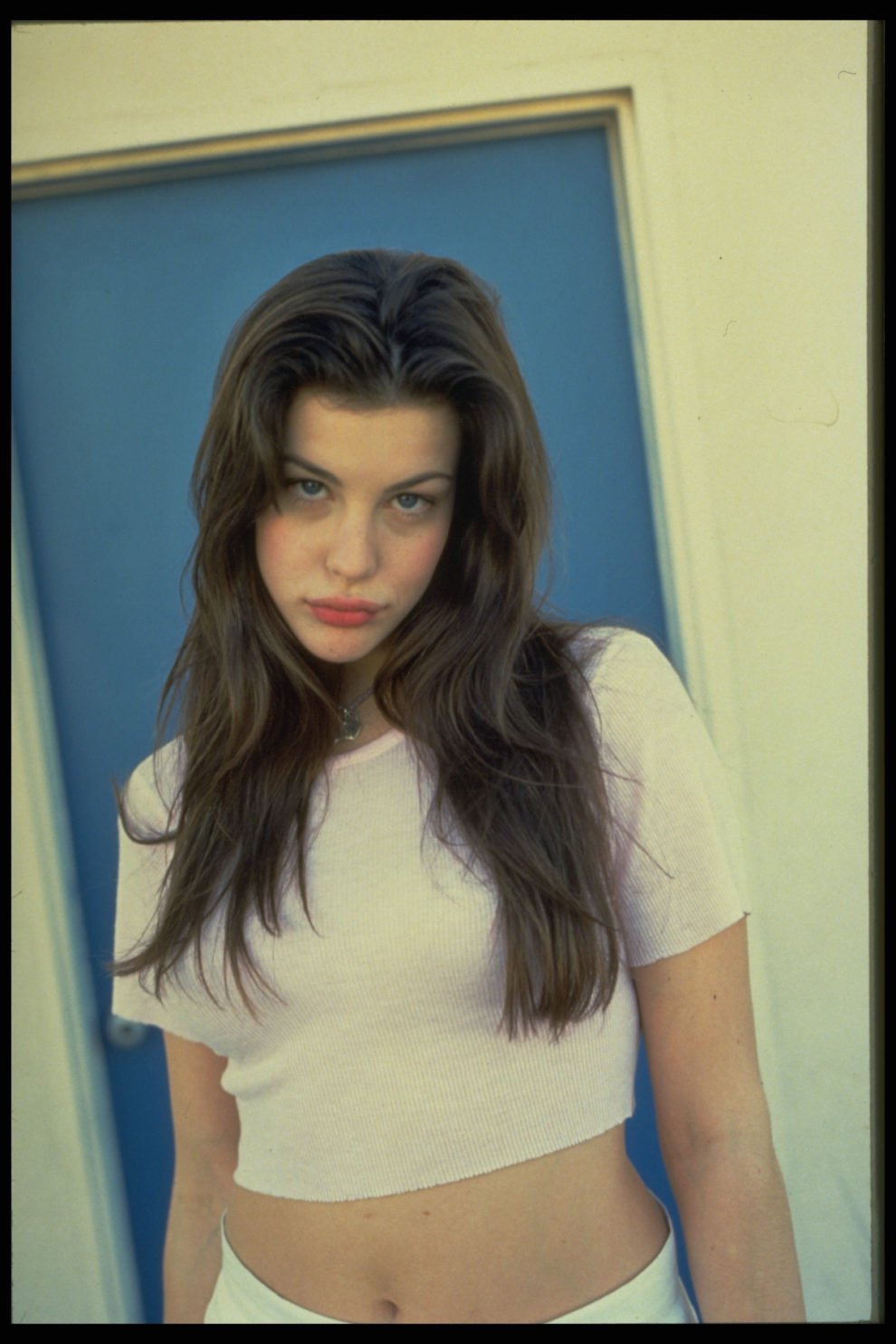
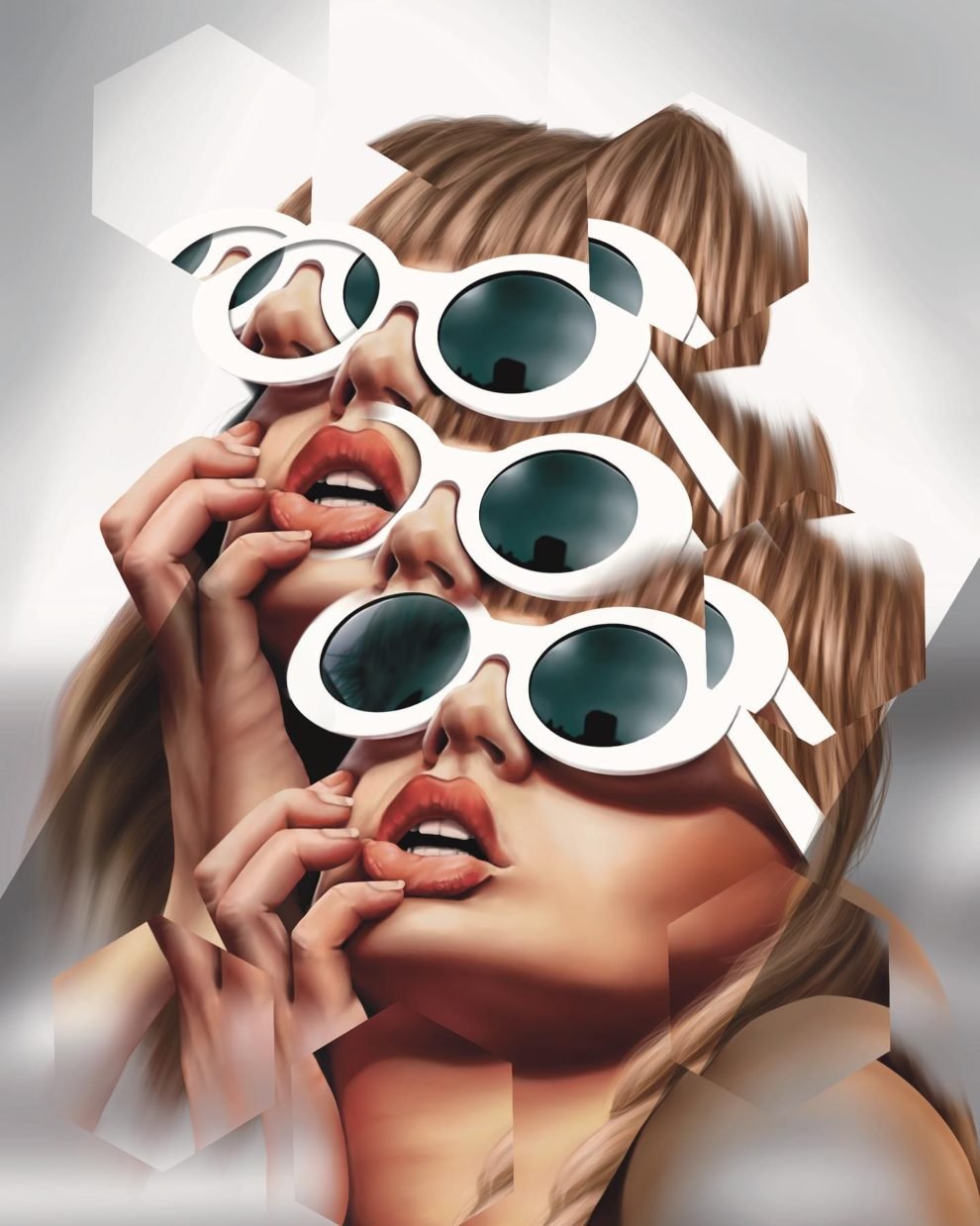

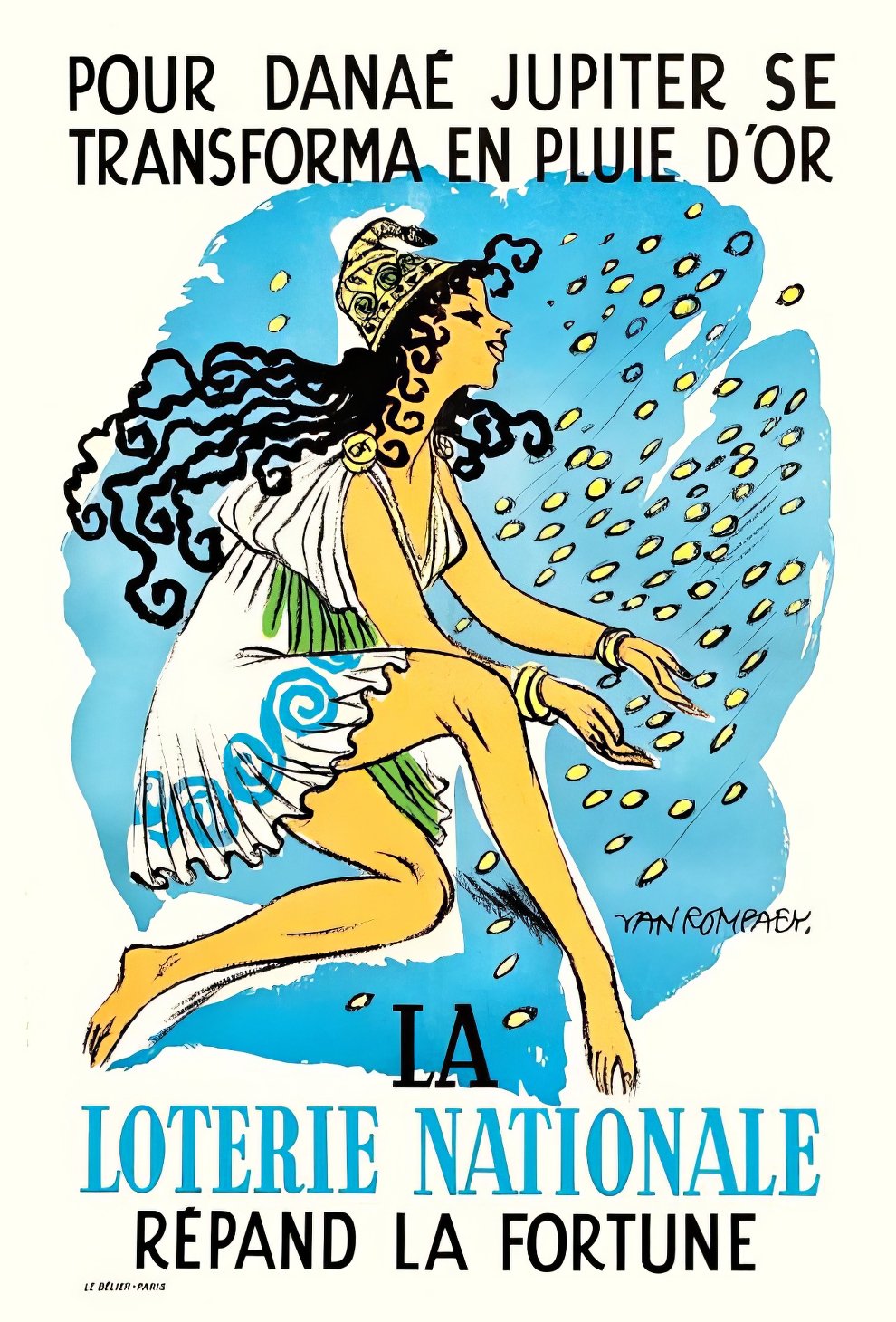
![[image] 170734](https://buzzbloq.com/wp-content/uploads/2024/06/1718715940_The-Superb-Tulle-Sculptures-by-Benjamin-Shine-raquo-Design-You.jpg)